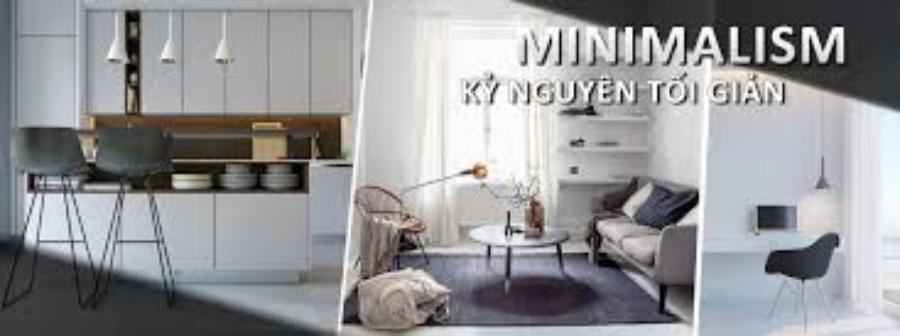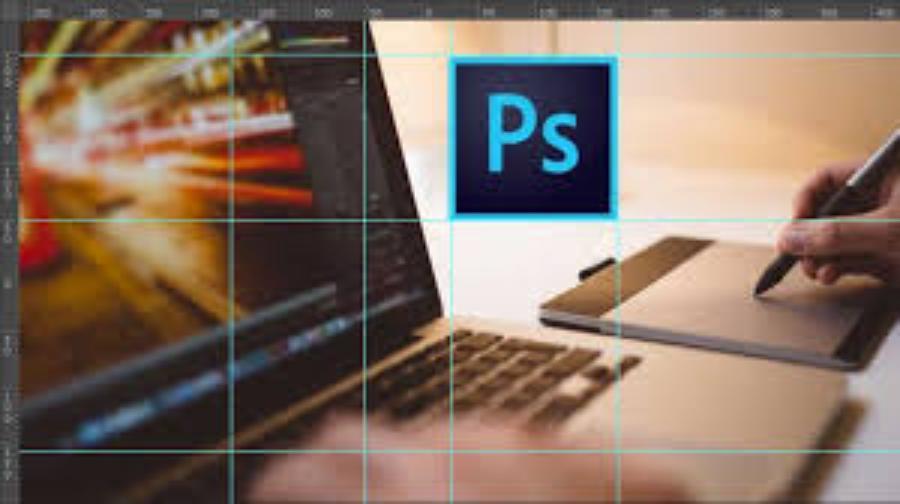Best Selling Products
A Brief History of Minimalism Design Style: From Beginnings to Modernity
Nội dung
- 1.What is Minimalism Design Style?
- 2.What is Minimalism Design Style?
- 3. The Beginning of Minimalism Design Style
- 3.1. Influence from Modern Art and Bauhaus
- 3.2. Minimalism in Architecture in the 1960s
- 4. Minimalism In Art And Interior Design
- 4.1. Minimalism In Contemporary Art
- 4.2 Minimalism Interior Design
- 5. Minimalism Style In The 21st Century
- 5.1 The Development of Minimalism in Other Fields
- 5.2. The Impact of Minimalism on Consumer Habits
- 6. Conclusion
Explore the history of Minimalism, from its basic principles to its evolution over the decades. Find out why Minimalism remains a design favorite.

Minimalism – one of the most popular design styles today, has become an indispensable trend in all fields from art, architecture to graphic and interior design. The simplicity, sophistication but impressive of Minimalism is not only expressed in form but also in its profound design philosophy. This article sadesign will take you to learn about the history and development of Minimalism design style, from the initial stages to modern variations.
1.What is Minimalism Design Style?
Minimalism in design is an art trend that focuses on simplicity and minimizing unnecessary elements, keeping only the most essential. This style emphasizes sophistication, cleanliness and harmony, with few details but creating high aesthetic efficiency. The basic elements of Minimalism include the use of neutral colors, spacious spaces, clear shapes and simplicity in the choice of materials.
.jpg)
Minimalism is not simply a design method but also a philosophy of life, reflecting the abandonment of superfluous things to focus on core values. This style can be seen in many fields, especially in interior design, graphics and architecture.
2.What is Minimalism Design Style?
Minimalism, also known as minimalism, is a design style that focuses on eliminating unnecessary elements, retaining what is necessary, and optimizing simplicity in form. The goal of Minimalism is not only to reduce complexity but also to help create spaces or products that are aesthetically pleasing, sophisticated, and easy to use. Designs in this style often use clear shapes, neutral colors, and spacious spaces to enhance the feeling of airiness and lightness.
Minimalism is not only applied in graphic design, interior design or architecture but also spreads to other fields such as fashion, art and technology. What is special about this style is the ability to bring high efficiency in conveying messages without having to use too many details or decorations. In modern times, Minimalism is not simply a design movement but also a philosophy of life, helping people find balance and serenity in a busy world.
3. The Beginning of Minimalism Design Style
Minimalism is not a new trend, but has a long history. It began in the mid-20th century, inspired by previous schools of art and architecture.
3.1. Influence from Modern Art and Bauhaus
The first influences of Minimalism can be found in the Modern art movement of the early 20th century. One of the biggest influences was the Bauhaus movement, founded in 1919 in Germany, where artists and designers pursued a minimalist philosophy in design. The movement focused not only on form but also on simplicity in function, with the goal of creating products that were aesthetically pleasing but easy to use.
.jpg)
In art, Minimalism also grew out of modern art movements, such as Dadaism and Abstract Expressionism. These artists sought to strip away complex elements, instead retaining only simple yet profound forms and images.
3.2. Minimalism in Architecture in the 1960s
In the 1960s, Minimalism began to have a strong influence in architecture. Architects such as Ludwig Mies van der Rohe and Tadao Ando created minimalist buildings, with clean, square forms and minimal decorative elements. These buildings used materials such as concrete, steel and glass, creating open, uncluttered spaces.
In particular, Mies van der Rohe famously said: "Less is more", expressing the design philosophy he pursued. This is also the slogan that most clearly reflects the Minimalism style.
4. Minimalism In Art And Interior Design
Minimalism has gradually developed and been applied to the fields of art and interior design. The main elements of Minimalism, such as empty space, sophistication in layout and focus on function, have helped this style become prominent and popular over the years.
4.1. Minimalism In Contemporary Art
Entering the 21st century, Minimalism became an important art movement, especially in painting and sculpture. Artists such as Donald Judd, Frank Stella, and Agnes Martin created works that clearly expressed the minimalist philosophy, with basic shapes, repetition, and balance in form.
.jpg)
In contemporary art, Minimalism is not only a formal trend but also a reflection of questions about existence, the sense of space and matter. Minimalism art encourages the viewer to focus on emptiness, the silence between forms and space.
4.2 Minimalism Interior Design
Minimalism interior design stands out with spacious, neat spaces and no unnecessary furniture. Each item is carefully selected and has a clear purpose. The main colors in Minimalism interior design are usually neutral colors such as white, black, gray and natural wood colors.
A minimalist space not only helps create a feeling of comfort and relaxation but also brings elegance and sophistication. The furniture is designed simply but must show luxury and quality. In particular, the use of natural light and the combination with natural elements such as green trees are also prominent features in Minimalism interior design.
5. Minimalism Style In The 21st Century
In the 21st century, Minimalism design style has developed and is widely applied in many fields, from art, architecture to graphic design and technology. The simplicity, sophistication and effective function of Minimalism have created a strong trend, reflecting the search for serenity in modern life full of chaos and complexity.
In graphic and web design, minimalism helps designers create interfaces that are simple, easy to use, and accessible. Websites and apps with a minimalist style often focus on neutral colors, clean layouts, and appropriate white space, making it easy for users to focus on the content without being distracted. Simple effects such as hovers, smooth animations, and minimal images create a comfortable feeling for users.
This style also has a profound influence on interior design, where space is kept minimal with only the necessary furniture, creating a relaxing and uncluttered living environment. Soft colors, natural materials and a harmonious combination of spatial elements are all characteristics of modern Minimalism.
In addition, Minimalism style is also applied in lifestyle, where people seek simplicity in consumption choices, minimize unnecessary items and focus on things that bring lasting value.
5.1 The Development of Minimalism in Other Fields
With the development of technology, Minimalism has spread beyond the fields of art and interior design, influencing many different fields such as graphic design, web design, and even fashion. In graphic design, Minimalism focuses on using simple elements such as clear shapes, simple letters, and reasonable white space to convey messages effectively.
.jpg)
In web design, minimalism helps create websites that are easy to use, intuitive, and easy to navigate. Websites with clean interfaces, no distractions, and focus on the main content are becoming a popular trend today.
5.2. The Impact of Minimalism on Consumer Habits
Minimalism not only influences design but also has a strong impact on human consumption habits in the 21st century. In the context of modern society, where people are faced with an overload of information and goods, minimalism becomes a method to find balance. Consumers are increasingly interested in choosing products with high quality and long-term value, instead of hoarding unnecessary, redundant items.
This is evident in the consumer trend of “less is more”. The products chosen are often simple in design, easy to use and durable. Instead of following fast fashion trends, many consumers today prioritize basic items that can be used for a long time and are easy to coordinate.
In addition, Minimalism also promotes the habit of minimalist living, by reducing the disorder in the living space, creating a neater and more relaxing living environment. Thanks to this style, consumers not only live frugally but also find peace in a complex world.
6. Conclusion
Minimalism design style has gone through a long journey, from its initial principles in modern art and architecture to its widespread development in various areas of modern life. The simplicity and sophistication of Minimalism not only brings elegance to the living space but also creates unique design products with high aesthetic value. Despite many decades, Minimalism still retains its appeal and continues to be one of the most popular design trends!












































